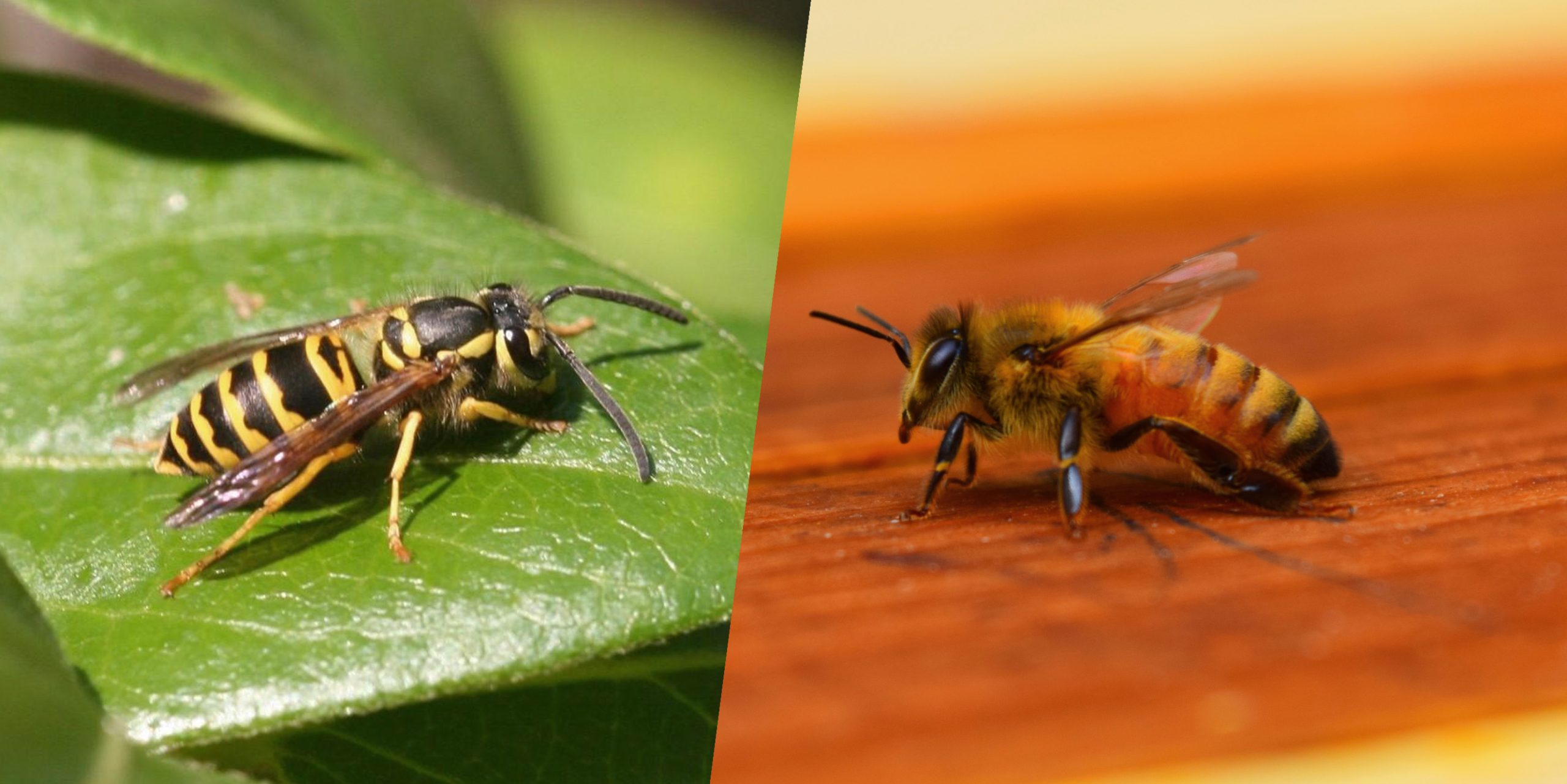
Flying insects are a common sight, especially during the warmer months. While some are harmless, others can be a cause for concern due to their potential to sting, bite, or spread diseases. Understanding which flying insects you are likely to encounter and which ones you should worry about can help you take appropriate measures to protect yourself and your home. Here are the five most common flying insects and a guide to which ones require your attention.
Houseflies (Musca domestica)
Identification
Houseflies are perhaps the most ubiquitous flying insects found around human habitats. They are medium-sized, typically 6-7mm in length, with gray bodies and four dark stripes on their thorax. Houseflies have large, reddish compound eyes and transparent wings.
Behavior and Habitat
Houseflies are attracted to food sources, garbage, and decaying organic matter. They are common in homes, restaurants, and any place where food is handled or waste accumulates.
Should You Worry?
While houseflies do not bite, they are a health hazard. They can carry and spread diseases such as salmonella, E. coli, and various forms of dysentery. Houseflies pick up pathogens from feces, garbage, and other unsanitary surfaces and transfer them to food and surfaces in your home.
Prevention
- Keep food covered and stored properly.
- Regularly dispose of garbage and keep bins clean.
- Use screens on windows and doors to keep flies out.
- Employ fly traps or insecticides as needed.
Mosquitoes (Culicidae)
Identification
Mosquitoes are slender, long-legged insects with a single pair of scaled wings and a distinctive long proboscis used for feeding. They vary in size but are typically around 3-6mm in length.
Behavior and Habitat
Mosquitoes are found near standing water, where they lay their eggs. They are most active during dawn and dusk. Female mosquitoes feed on blood, which they need for egg production, while males feed on nectar.
Should You Worry?
Yes, mosquitoes are one of the most concerning flying insects due to their ability to transmit diseases. Depending on the region, they can carry and spread malaria, dengue fever, Zika virus, West Nile virus, and more. Their bites can also cause allergic reactions and severe itching.
Prevention
- Eliminate standing water around your home to reduce breeding sites.
- Use insect repellent containing DEET, picaridin, or oil of lemon eucalyptus.
- Install mosquito screens on windows and doors.
- Use mosquito nets and consider professional pest control for severe infestations.
Bees (Apidae)
Identification
Bees are easily recognizable by their black and yellow striped bodies, fuzzy appearance, and relatively short, robust bodies. Honeybees and bumblebees are the most common species encountered by humans.
Behavior and Habitat
Bees are important pollinators and are often found near flowers and gardens. Honeybees live in large colonies in hives, while bumblebees nest in smaller groups, often in the ground or sheltered areas.
Should You Worry?
Bees generally pose little threat if left undisturbed. However, they can sting when threatened, which is painful and can cause allergic reactions in some people. Multiple stings or an allergic reaction can be serious and require medical attention.
Prevention
- Avoid swatting at bees; remain calm and slowly move away if one approaches.
- Seal potential nesting sites around your home.
- Do not wear strong fragrances or brightly colored clothing that may attract bees.
- Contact a professional beekeeper or pest control service if you discover a hive near your home.
Wasps (Vespidae)
Identification
Wasps have slender bodies with a narrow waist, smooth bodies, and bright yellow and black markings. Common types include paper wasps, yellow jackets, and hornets.
Behavior and Habitat
Wasps are more aggressive than bees and can sting multiple times. They build nests in sheltered areas, such as under eaves, in attics, or underground.
Should You Worry?
Yes, wasps can be aggressive, especially if their nest is disturbed. Their stings are painful and can cause severe allergic reactions in some individuals. Unlike bees, wasps can sting multiple times, increasing the risk of a dangerous encounter.
Prevention
- Regularly inspect your property for nests and remove them early in the season.
- Keep food and sugary drinks covered when outdoors.
- Seal cracks and crevices around your home to prevent nesting.
- Use wasp traps or contact pest control for nest removal.
Fruit Flies (Drosophila melanogaster)
Identification
Fruit flies are small, about 3-4mm in length, with tan bodies, red eyes, and transparent wings. They are often seen hovering around ripe or decaying fruits and vegetables.
Behavior and Habitat
Fruit flies are attracted to fermenting and overripe produce. They lay their eggs on the surface of these foods, and the larvae feed on the decaying matter.
Should You Worry?
While fruit flies are more of a nuisance than a health hazard, they can contaminate food and surfaces with bacteria. Their rapid reproduction can lead to large infestations if not promptly addressed.
Prevention
- Store fruits and vegetables in the refrigerator or sealed containers.
- Dispose of overripe or rotting produce promptly.
- Clean up spills and crumbs immediately.
- Use fruit fly traps or vinegar traps to catch and reduce their numbers.
Be Mindful
While many flying insects are harmless, some can pose significant health risks or cause discomfort through bites and stings. Understanding the common flying insects you might encounter and knowing which ones to worry about is essential for maintaining a safe and comfortable living environment. By implementing preventive measures and addressing infestations promptly, you can protect your home and family from the potential hazards posed by these flying insects.

